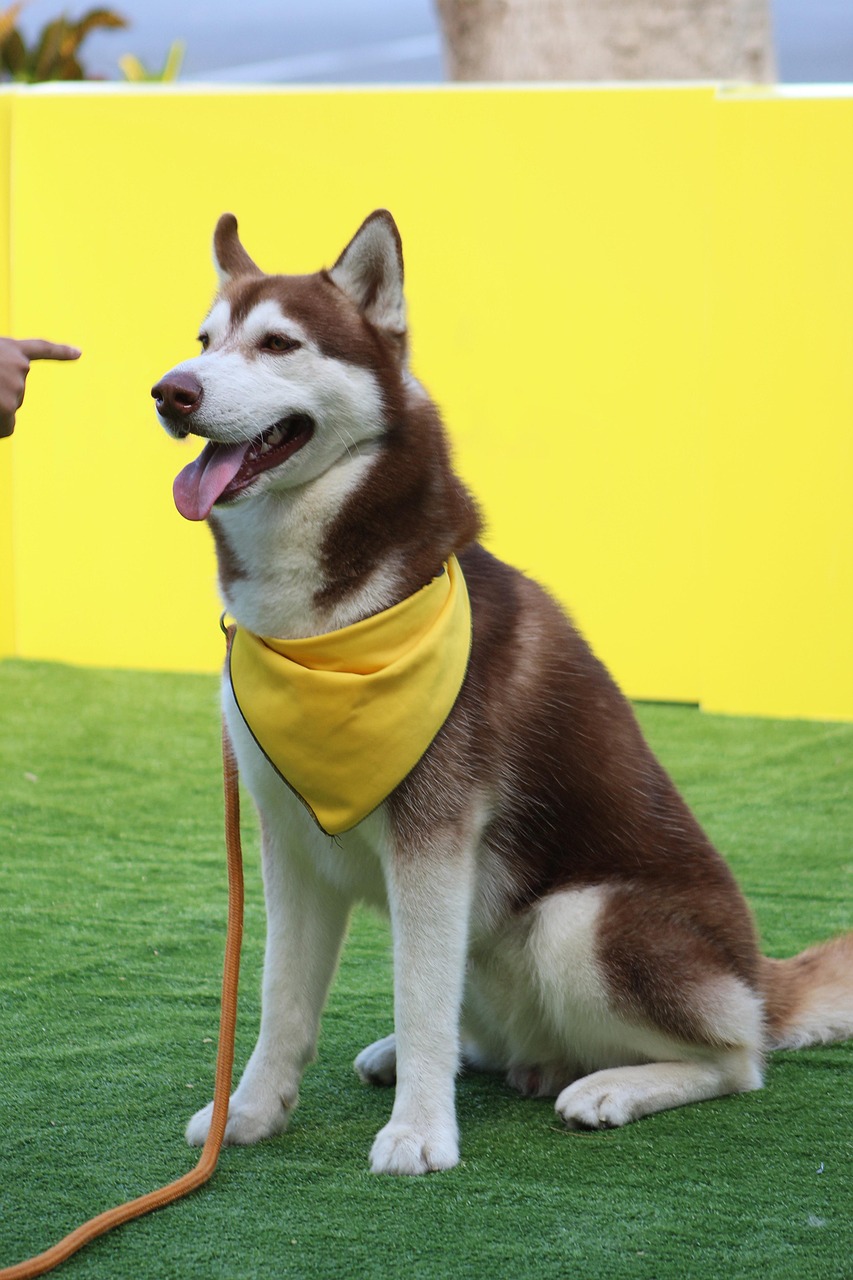Stepping into the world of dog ownership is exciting—but it also comes with a steep learning curve. From mastering house training to teaching your dog how to behave on walks, effective communication is key. But here’s the catch: dogs don’t speak English—they speak behavior.
That’s why understanding the most important dog training terms can completely change the way you raise and bond with your pup. Whether you’re a new dog parent or looking to improve your skills, this glossary of essential terms will help you become the confident, well-informed owner your dog needs.

1. Cue
Definition: A signal that prompts a behavior from your dog.
Example: Saying “sit” or using a hand gesture.
Why it matters: Dogs respond better when they recognize clear, consistent cues. It’s how you “talk” to your dog.
2. Positive Reinforcement
Definition: The act of adding a reward (like treats or praise) to encourage a behavior.
Example: Giving a treat when your dog lies down on command.
Why it matters: It’s the most effective and humane way to train, backed by science and loved by dogs everywhere.
3. Clicker Training
Definition: A training method that uses a clicking sound to mark good behavior.
Example: Clicking the device the moment your dog sits, followed by a treat.
Why it matters: The click is fast and precise—making it easier for your dog to understand what behavior earned the reward.

4. Classical Conditioning
Definition: Learning through association.
Example: Your dog gets excited when you pick up their leash because it means “walk time.”
Why it matters: It helps you shape your dog’s emotional responses, like reducing fear or anxiety.
5. Bite Inhibition
Definition: A dog’s ability to control the strength of its bite.
Example: Puppies naturally learn this when play-biting siblings.
Why it matters: Teaching bite inhibition prevents injuries if your dog ever bites out of fear or excitement.
6. Crate Training
Definition: Training a dog to see a crate as a safe, calm space.
Example: Your dog sleeps in their crate without whining.
Why it matters: Crates help with house training, traveling, and creating a comforting space when you’re not home.

7. Calming Signals
Definition: Body language dogs use to express stress or avoid conflict.
Examples: Yawning, licking lips, turning away.
Why it matters: Recognizing these signs helps you prevent fear or aggression before it escalates.
8. Barrier Frustration
Definition: Aggression or anxiety triggered when a dog is confined or restrained.
Example: Barking and lunging at another dog while behind a fence or on a leash.
Why it matters: Identifying this helps you manage reactivity and improve walk behavior.

9. Extinction
Definition: The process of a behavior fading when it’s no longer rewarded.
Example: Ignoring jumping until your dog stops doing it.
Why it matters: It helps eliminate behaviors without punishment—but you’ll need patience and consistency.
10. ABCs of Behavior
Definition: A formula for understanding why dogs behave the way they do.
- Antecedent (what happens before the behavior)
- Behavior (the action)
- Consequence (what happens after)
Why it matters: This method helps you identify what triggers behaviors and how to change them effectively.
Conclusion: Speak Your Dog’s Language
You don’t need to be a professional trainer to raise a well-behaved, happy dog—but knowing these terms gives you the tools to get there faster. These concepts create clarity, reduce frustration, and make your dog training journey smoother and more rewarding.
So, the next time your dog lunges at the leash or turns away mid-play, you’ll know it’s not just random behavior—it’s a message. And now, you’re equipped to respond the right way.

Playday Pups is a boutique dog daycare and home-like boarding service located in Burlington, Ontario. Owned and operated by Tara and Dave, we specialize in creating a fun, safe, and structured environment where dogs can play, relax, and thrive. Whether you’re looking for dog daycare during the workweek or dog boarding for overnight stays, we provide personalized care for every pup. Ready to join the pack? Start by filling out our dog registration form.
☎️ (905) 230-2541 | 📨 hello@playdaypups.ca | 🚗 1234 Advance Rd, Burlington Google MAP





